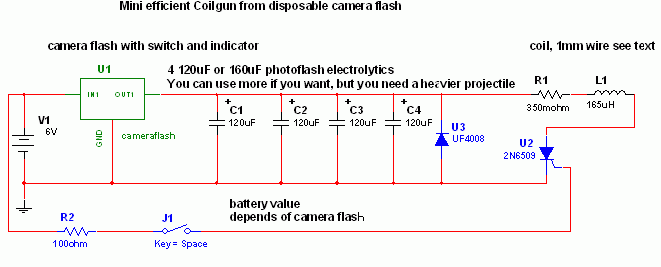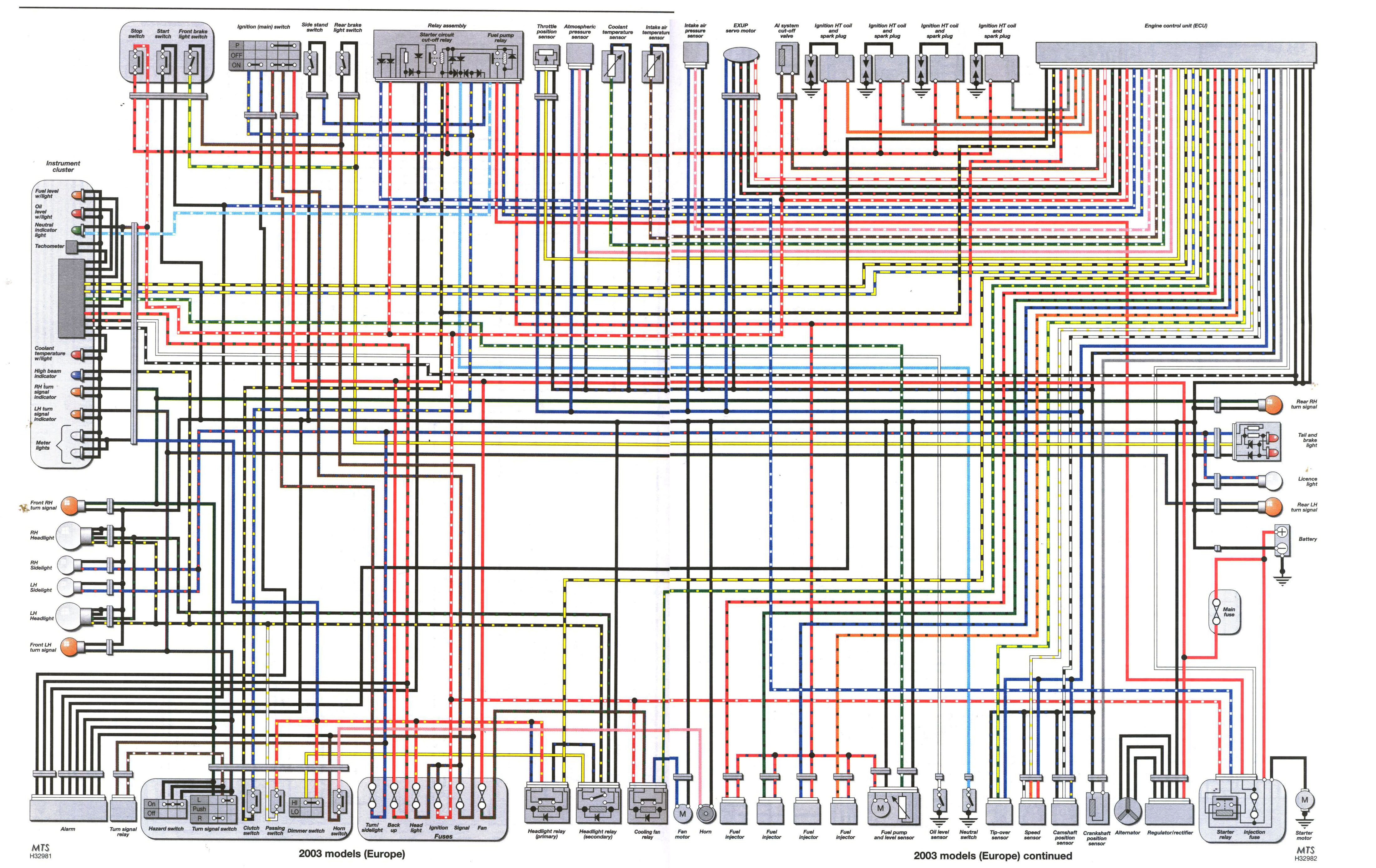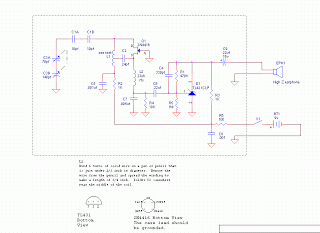
lets to build mini organ keyboard

The output of pin 5 on the UM3511 integrated circuit can be connected to drive a transistor, which will emit loud sounds through speakers directly. The variable resistor (VR1) determines the frequency of the oscillator circuit and should be adjusted to the correct value once the circuit is successfully created. After adjustment, a standard resistor may be used instead. The switch (S1) serves as an option that controls the operation of the circuit. Music can be played either from the factory application or from personal input via a keyboard, producing various notes.
The UM3511 is a sound generator IC designed for generating audio tones. By connecting pin 5 to a transistor, a robust output can be achieved to drive speakers effectively. The transistor acts as a switch, amplifying the signal from the UM3511 to a level suitable for driving speakers, ensuring that the sound output is loud and clear.
The variable resistor (VR1) plays a crucial role in setting the frequency of the oscillator circuit within the UM3511. By adjusting VR1, the user can modify the pitch of the sound generated. This adjustment is essential for achieving the desired audio output, and once the correct frequency is determined, a fixed resistor can replace the variable resistor for stability in the circuit.
The inclusion of switch S1 provides flexibility in operation. This switch allows the user to select between different modes of sound generation. In one mode, the circuit can play pre-programmed music from the factory settings of the UM3511. In another mode, the user can input their own melodies using a keyboard, allowing for creativity and personalization in sound production. The keyboard interface can be designed to send signals corresponding to different notes, which the UM3511 interprets to produce sound.
Overall, this circuit design offers a versatile platform for sound generation, making it suitable for various applications, including educational projects, musical instruments, and sound effects in electronic devices. Proper component selection and circuit layout will ensure optimal performance and sound quality.We can connect a output of pin 5 on the UM3511-IC to drive a transistor output to emit loud sound out to the speakers directly. For the variable resistor-VR1 act as determine a frequency of the oscillator circuit. When we created successfully. Should be adjusted to the correct value. When adjusted, you may use the normal resistor instead. -The switch-S1 as an option act the work of circuit that music will be played by the application of the factory, or will play music as we have played own. From pushing keyboard as by various notes. 🔗 External reference
The UM3511 is a sound generator IC designed for generating audio tones. By connecting pin 5 to a transistor, a robust output can be achieved to drive speakers effectively. The transistor acts as a switch, amplifying the signal from the UM3511 to a level suitable for driving speakers, ensuring that the sound output is loud and clear.
The variable resistor (VR1) plays a crucial role in setting the frequency of the oscillator circuit within the UM3511. By adjusting VR1, the user can modify the pitch of the sound generated. This adjustment is essential for achieving the desired audio output, and once the correct frequency is determined, a fixed resistor can replace the variable resistor for stability in the circuit.
The inclusion of switch S1 provides flexibility in operation. This switch allows the user to select between different modes of sound generation. In one mode, the circuit can play pre-programmed music from the factory settings of the UM3511. In another mode, the user can input their own melodies using a keyboard, allowing for creativity and personalization in sound production. The keyboard interface can be designed to send signals corresponding to different notes, which the UM3511 interprets to produce sound.
Overall, this circuit design offers a versatile platform for sound generation, making it suitable for various applications, including educational projects, musical instruments, and sound effects in electronic devices. Proper component selection and circuit layout will ensure optimal performance and sound quality.We can connect a output of pin 5 on the UM3511-IC to drive a transistor output to emit loud sound out to the speakers directly. For the variable resistor-VR1 act as determine a frequency of the oscillator circuit. When we created successfully. Should be adjusted to the correct value. When adjusted, you may use the normal resistor instead. -The switch-S1 as an option act the work of circuit that music will be played by the application of the factory, or will play music as we have played own. From pushing keyboard as by various notes. 🔗 External reference
Warning: include(partials/cookie-banner.php): Failed to open stream: Permission denied in /var/www/html/nextgr/view-circuit.php on line 713
Warning: include(): Failed opening 'partials/cookie-banner.php' for inclusion (include_path='.:/usr/share/php') in /var/www/html/nextgr/view-circuit.php on line 713




